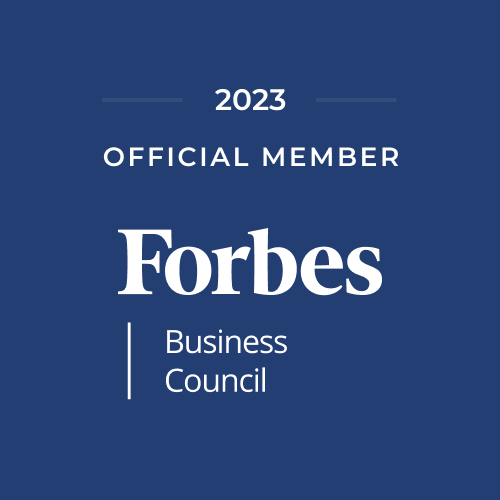Power Reads: 5 Interesting Articles That Will Help You This Week
/Each week, I select a few articles that rise above the fray and hopefully help you on your journey in leadership and the CRE world. They pull from one of four "corners": corporate real estate, technology, management science and anything positive. Each day we can become a better version of ourselves.
1. Enough, Bosses Say: This Fall, It Really Is Time to Get Back to the Office
Labor Day marks the line in the corporate sand. Many company leaders say the end-of-summer holiday represents the best chance to finally lean on workers to return to the office this year.
“After months of encouraging white-collar employees to return, or attempting to coax them back with free pizza, warm cookies and catered lunches, many executives now say they feel emboldened to take a tougher stance. No longer can workers merely come to the office if they so choose; this fall, executives say, attendance is expected and the office resisters will be put on notice.”
Employers including Apple Inc., Prudential Financial Inc. and BMO Financial Group plan broader September returns at their U.S. offices. Some companies, such as Ally Financial Inc., have sent notes in recent weeks reminding workers to come into the office consistently. Goldman Sachs Group Inc. said it was lifting all vaccination and other requirements to enter most of its offices after Labor Day, eliminating a final barrier to a full return.
Don’t bother plugging “biggest believers in New York City’s tech future” into your favorite search engine: Google already has the answer.
“The tech giant’s chief executive, Sundar Pichai, said he’s optimistic about the company’s prospects in the Big Apple, where it expects to continue growing its presence, Crain’s reported.”
“I’m personally long-term bullish on our growth in New York as a company,” Pichai told the publication. “And we would do that only if we’re optimistic to access to tech talent and being able to scale up.”
3. Why Lawyers Are Leading The Return-To-Office Race
What happens when three equity partners and a junior associate in a law firm walk into a conference room? They leave with a renewed appreciation for the office.
“At least, that was the experience of Phil Appenzeller, CEO of Dallas-based firm Munsch Hardt Kopf & Harr. That moment, which was before his firm mandated a companywide return, crystallized why he feels in-person work is still critical for lawyers, even in the era of work-from-home.”
“One of our first-year lawyers was here, and one of my partners came down and said, ‘Hey, I've got a problem. Can we go into this conference room?’” Appenzeller said. “For [a first-year associate], being able to sit and watch how we work through things, I think in person was much better than it would be if he was trying to watch it over Zoom or on the phone.”
4. Return-To-Office Reluctance vs. Recession: How Opposing Forces Could Impact Office
Office owners and employers nationwide have more months of uncertainty ahead as an expected recession and the well-worn dynamics of a downturn combine with the vagaries and unpredictability of the return-to-office movement.
“Recessions usually mean more power for employers as workers worry about their jobs, which could create leverage for getting people back to the office instead of serving as a salary governor as in downturns past. But in a post-Covid world, nothing is that simple.”
"The executives that we talk to on a daily basis certainly want their people back," said West, Lane & Schlager principal Richard Lane, a tenant representation specialist in metro Washington, D.C. "Given their druthers, they'd like people to come in three or four days a week, and if the labor market changes, we might see a bit more of that being mandated."
5. What Workplace Can Learn From Airports
Over the past two years, much has changed in how we navigate the new model of hybrid work. The office as we knew it wasn’t working for us and was ripe for reinvention. Employers are now looking to the office as a means of bringing people together and building or strengthening relationships. The office should be a destination, not an obligation — a place where people want to be. As such, we’ve been looking at non-office models and have been exploring how those experiences could be applied to workplace.
“One of these areas is aviation design. The best airports put a hyper focus on the passenger experience, so what if we leveraged the same lessons from the best in aviation design to enhance the workplace?”
Here are five lessons from aviation design to create a more seamless, equitable workplace experience.
Your success blesses others. I wish you a great and hugely impactful week!






